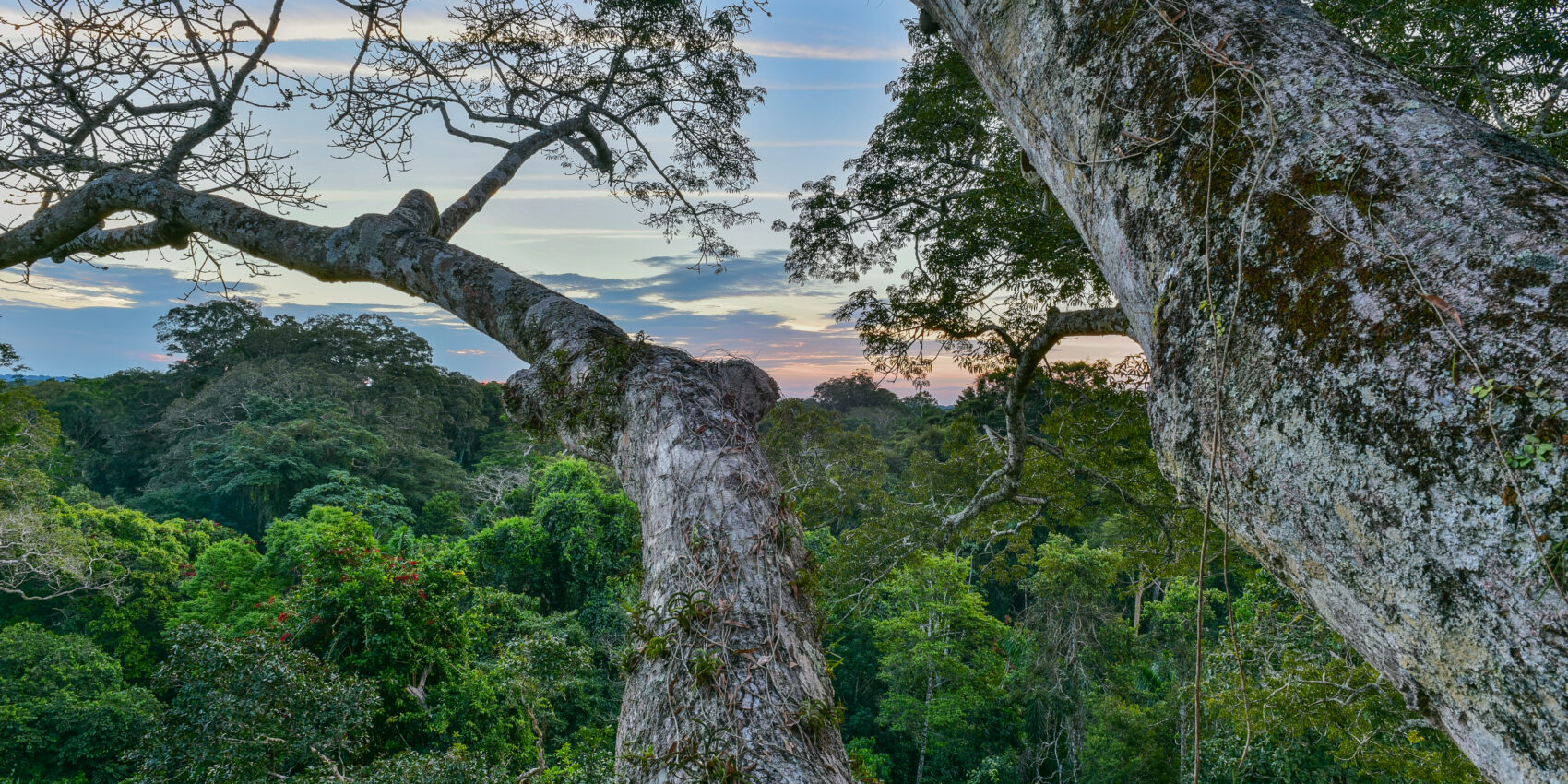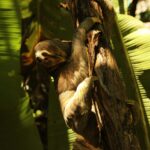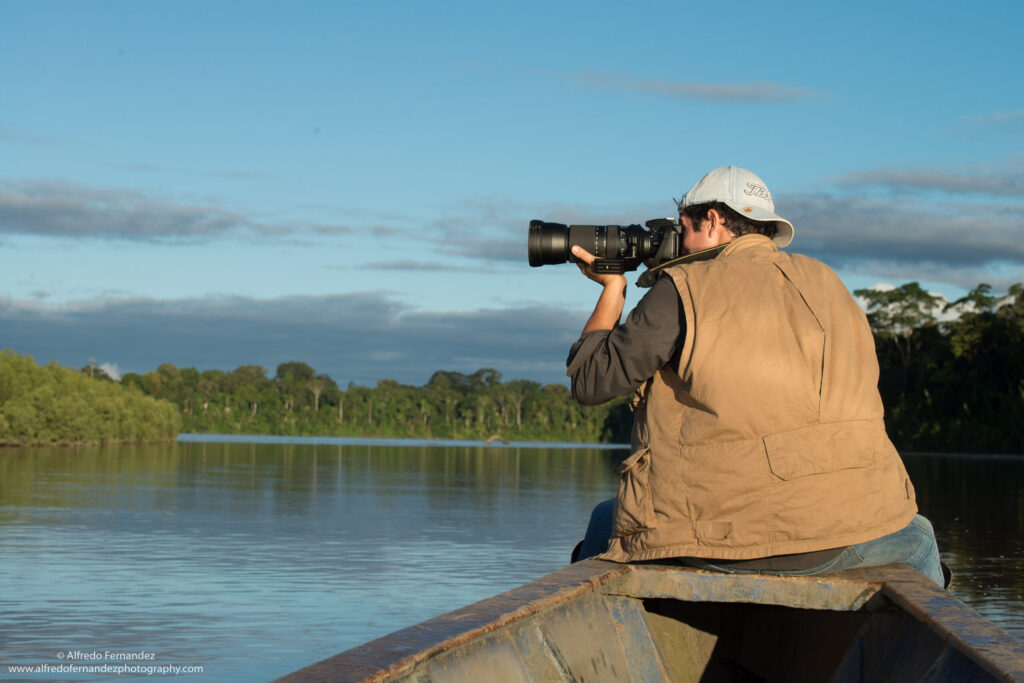Nestled within the expansive embrace of Manu National Park, the flora of this UNESCO World Heritage Site is as diverse and enchanting as the myriad fauna that calls it home. At Tambo Blanquillo, a distinguished nature retreat founded in 1988 by Luis Raffo, guests have the opportunity to delve into the rich tapestry of plant life that characterizes the heart of the Peruvian Amazon.
This brief exploration aims to provide a glimpse into the botanical bounty that thrives within the park’s lush landscapes.
Tropical Rainforest Canopy
One of the defining features of Manu National Park’s flora is the towering canopy of the tropical rainforest. Gigantic trees, reaching heights of over 100 feet, create a verdant roof that shelters an incredible array of plant species. These canopy giants, including species like mahogany, kapok, and Brazil nut trees, create a complex and interconnected ecosystem that supports an astonishing variety of life.
Medicinal Plants and Indigenous Knowledge
The rainforests of Manu National Park are home to an abundance of medicinal plants, many of which have been used for generations by indigenous communities. Tambo Blanquillo’s knowledgeable guides provide insights into the traditional uses of these plants, offering guests a chance to appreciate the deep connection between the local people and the diverse flora that surrounds them. From natural remedies to cultural significance, the park’s flora serves as a living pharmacy, embodying the intricate relationship between humans and nature.
Breathtaking Orchids
Manu National Park is renowned for its stunning diversity of orchids, with over 1,200 species recorded within its boundaries. These delicate and intricate flowers adorn the rainforest with bursts of color, ranging from vibrant pinks and purples to more subtle whites and yellows. Orchid enthusiasts visiting Tambo Blanquillo can partake in guided walks to discover and photograph these breathtaking blooms, gaining an appreciation for the orchid diversity that graces the park.
Fascinating Epiphytes
The flora of Manu National Park extends beyond the ground, with an abundance of epiphytic plants decorating the branches and trunks of the rainforest trees. Bromeliads, ferns, and mosses find their home in the aerial gardens of the park, creating a fascinating and intricate tapestry that contributes to the overall biodiversity. Tambo Blanquillo’s guided tours provide guests with the opportunity to explore these vertical gardens, revealing the hidden beauty of epiphytic flora.
Aquatic Plants in Oxbow Lakes
The park’s flora extends into its aquatic realms, with oxbow lakes surrounded by a variety of aquatic plants. Floating water lilies, submerged grasses, and emergent species contribute to the diverse ecosystems found in these serene lakes. Tambo Blanquillo’s boat excursions offer a unique perspective, allowing guests to witness the aquatic flora that plays a crucial role in the park’s ecological balance.
Conservation and Sustainable Practices
Tambo Blanquillo is committed to the conservation of Manu National Park’s flora and fauna. The lodge actively promotes sustainable practices to ensure the preservation of this delicate ecosystem. Visitors not only have the opportunity to witness the incredible biodiversity but also contribute to the ongoing efforts to protect and conserve the diverse flora that makes the Amazon rainforest a global treasure.
Manu National Park’s flora, with its towering trees, vibrant orchids, and intricate epiphytes, paints a mesmerizing portrait of biodiversity. Tambo Blanquillo, situated within the park’s buffer zone, offers guests a unique opportunity to explore and appreciate the botanical wonders of the Peruvian Amazon. As visitors immerse themselves in the lush landscapes and learn about the intricate relationships between plants and their surroundings, they become stewards of this remarkable ecosystem, ensuring its preservation for generations to come.





